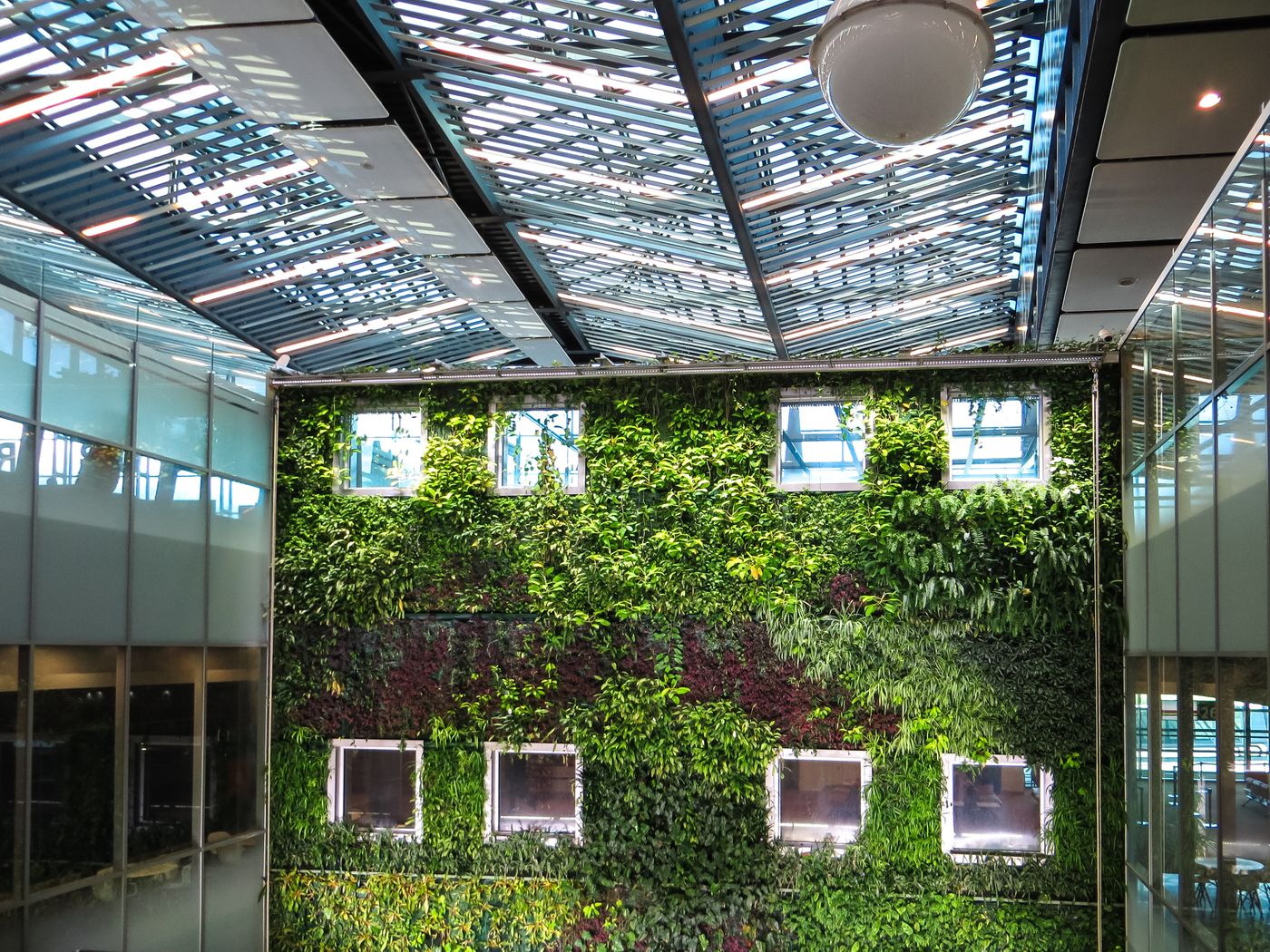In today's fast-paced world, we're undoubtedly less connected with the natural world than our ancestors were. A rapidly growing urban population and the growing independence on screens and technology have weakened the link between humans and their environment.
Biophilic design weaves together elements of nature and architecture to create spaces that foster creativity, restore wellbeing, and inspire connection with the natural world. Learn more about this design technique.
The Pillars of Biophilic Design
Biophilic design connects humans with the natural world in visual and non-visual ways. Architecture inspired by biophilic design uses some of the following applications:
Light
Plants
Natural Materials
Natural Sounds
The Presence of Water
The Surrounding EcoSystem
Natural Air
Biophilic design doesn't just use natural elements during construction - it encourages people to interact with nature. For example, a hallway lined with plants is a visual way to bring the outdoors in. This is a visual application of biophilic design.
A non-visual example would be constructing a space that features a fountain in an interior courtyard or making use of outdoor pathways - hearing the burbling water provides an auditory connection with nature, while an outdoor breeze reminds us of outdoor surroundings.
When approaching a biophilic design project, it's important to keep the local environment in mind. Incorporating greenery into a desert-climate would be difficult, and appear out of place. Biophilic design works with the surrounding climate and ecosystems, not against it.
Lastly, biophilic design should think about how people move through and use space. For example, an office building that is built with biophilic design principles should be planed with employees in mind. To see the most benefits, there should be opportunities for natural engagement throughout the day. This could be done by incorporating scenic views in conference rooms, incorporating natural textures into common areas, or using natural patterns throughout the space.
The Benefits of Biophilic Design
There are numerous health benefits that come with Biophilic design including:
Reduced stress and tension
Improved sense of well-being
Better physiological health
Lowered blood pressure
Better cognitive performance
Better concentration
There are also environmental benefits including:
Less reliance on non-sustainable resources: buildings that work with natural light and the outdoor environment can enjoy lower heating and cooling costs
Ecological conservation: From managing rainwater runoff to creating a haven for local wildlife and ecosystems, Biophilic design can help preserve the natural environment.
Incorporate Biophilic Design Into Your Space
Connecting indoor and outdoor spaces and engaging the visual and non-visual senses with nature is becoming more popular as people strive to make their homes, workplaces, and cities more health-focused.
At Artech, our architects and interior designers are ready to take your next design project to the next level. Contact us today to learn how we can incorporate biophilic design into your project.

